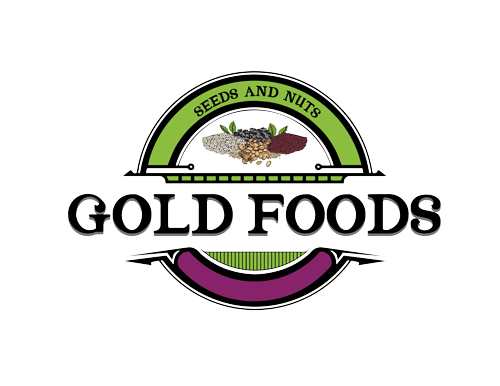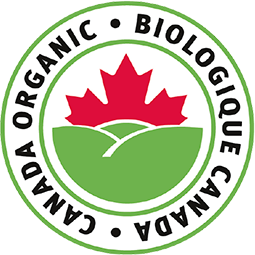
17 Dec Cheerios Debuts ‘Ancient Grains’ with quinoa
New Line Extension Is Made With Quinoa, Puffed Spelt, Kamut Wheat
Article in a The Wall Street Journal by Sarah Nassauer.
General Mills Inc.GIS +0.98% plans in January to start selling Cheerios Ancient Grains, a version of the bestselling breakfast cereal brand with quinoa, oats, and two wheat varieties, spelt and Kamut.
It doesn’t matter that many shoppers don’t know exactly what an ancient grain is. And it doesn’t matter that the new Cheerios aren’t more nutritious than regular Cheerios, say executives at Cheerios’ maker General Mills.
General Mills has found that grocery shoppers equate the words alone with healthy, simple, nutrient dense food, says Alan Cunningham, marketing manager for innovation in the cereal division of General Mills.
That association makes the phrase a powerful tool at a time when cereal and other packaged food sales are falling, in part because shoppers prefer foods they see as simple and fresh. The number of foods that use the words ‘ancient grains’ on packaging rose 50% this year compared to last, says a spokesman for General Mills, citing Nielsen data.
Yet, Cheerios Ancient Grains isn’t more nutritious than regular Cheerios that come in a familiar yellow box–packaging that hasn’t changed its basic look since the cereal launched in 1941. Regular Cheerios has 3 grams of fiber and 1 gram of sugar per 28 gram serving, while the ancient grain version has 2 grams of fiber and 5 grams of sugar. Each has 3 grams of protein per serving.
Building a more nutritious food than regular Cheerios “wasn’t the motivation for this product,” says Steve Marschner, senior research and development manager for the cereal division at General Mills. The company hopes to appeal to mainstream shoppers looking for something new and simple, yet tasty, he says.
“Ancient grain” is a marketing term that loosely means grains eaten by humans for millennia that are nutrient packed. Often they are grains rare in mass food production, adding to their allure.
The grains first appeared in bulk bins at natural and organic supermarkets and in small-company health-food products. More recently they have proliferated in natural and organic packaged food, mixed into granola, crackers, bread and pasta. Cheerios Ancient Grains is one of the first mainstream cereals to use the term.
Research by General Mills showed consumers find the words “ancient grains” more appealing than highlighting a single grain. “It’s not coincidence that this isn’t just Cheerios plus Quinoa,” says Mr. Cunningham, the marketing manager.
Cheerios Ancient Grains is one prong of General Mills’s plan to boost sagging cereal sales. Overall, volume sales have been flat or falling each year for over a decade, according to Nielsen, Euromonitor and other retail-sales tracking companies.
Changing habits are to blame. Sitting down to eat cereal takes too long for some morning eaters, say cereal companies. It can’t be eaten on the go or in a car. Shoppers are increasingly focused on eating more protein at breakfast, forgoing cereal for Greek yogurt, fast-food egg sandwiches and protein bars.
In the most recent round of quarterly earnings, all three large cereal makers, Kellogg Co.K +0.05%, General Mills and Post Holdings Inc.POST +0.95% said the trend hasn’t changed, eating away at revenue from the category that makes up the bulk of their sales.
In response, companies are trying a host of fixes. Some are pitching what they call “off-breakfast” eating, promoting cereal as a snack, a dessert or as a food to be eaten dry on the go. And they are creating new products that target big eating trends moving shoppers away from boxed cereal.
Full article in a The Wall Street Journal by Sarah Nassauer.



